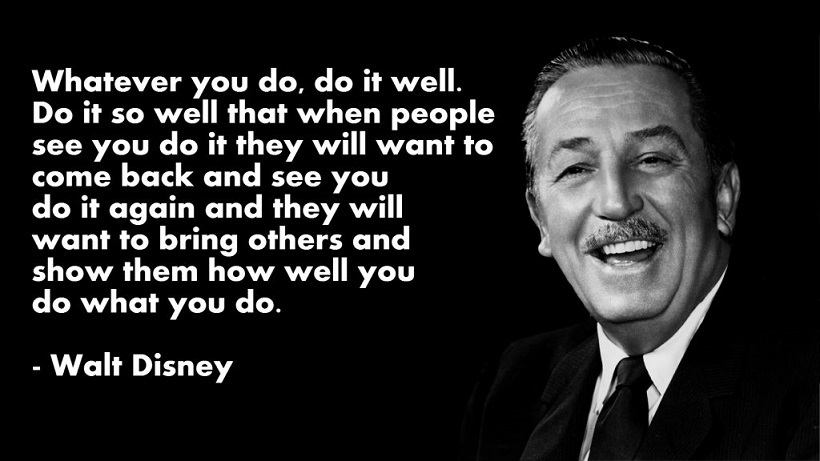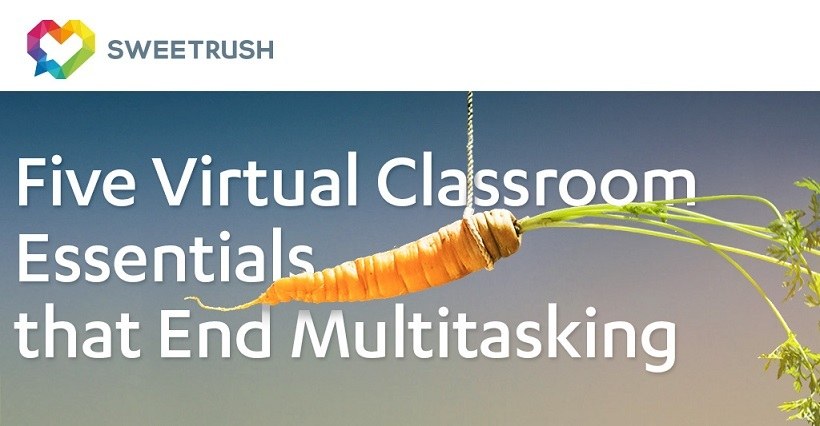A Virtual School That Works: 9 Essentials
How is a virtual school that works? Rather than lay out the case for the brokenness of the current virtual school model, I would encourage you to simply do a Google search for "virtual schools" and see what results pull up in the News section -- academic problems, high attrition rates, low retention rates, etc.
Where I want to spend my time is to make the case for a new virtual school model -- one that works. This model is based on my 16+ years of experience in the virtual schooling realm professionally and personally. Professionally I have launched virtual school across the country, talked to over 100,000 families, and watched from the front row as the promise of virtual schooling devolved into the current model. Personally, we have educated our four children (oldest is now 22) by using alternative educational options, including virtual public and virtual private schooling. The combination of the two, I believe, places me in a unique position -- where theory and reality meet.
I will attempt to keep this article somewhat brief even though there are 9 essentials I want to lay out for you. So, bear with me, and I hope you will find it interesting enough to read it all the way through.
1. Place The Teacher-Student Relationship At The Center
My desire is to remove the student from the center and replace it with the teacher-student relationship. The current model puts the student in the bullseye and then surrounds them with teachers and technology. It relegates the teacher to more of an interventionist role and elevates technology to the same level of importance. The result? Not good.
A virtual school that works is one that understands the most critical element is the relationship between the teacher and student. Place that at the center and then surround it with technology, services, support, and opportunities that foster and encourage that relationship.
Teachers inspire students.
2. Invest In Teachers
If we want the teacher to build an inspiring relationship with their students, then we must provide them the training and give them the tools to accomplish it. This must go beyond the typical professional development that is centered on academic instruction. Instead, teachers must be trained in the art and science of customer service.
If we view students as customers (not as consumers), then we open the door to serving them in entirely different ways than current models. Virtual schools are schools of choice -- parents can choose to attend, and they can also choose to leave. Why then do we treat them merely as students? We must begin to serve the families as customers and constantly search for ways to meet both their needs and wants. If we expect this of our teachers then we must invest in them in order to accomplish this task.
3. Build A Remarkable Learning Experience
A friend and mentor of mine, best-selling author Seth Godin, describes remarkable as something worth talking about. That is the definition of remarkable I have in mind here. Now, let's define learning experience. Current virtual schools focus almost entirely on the academic side of the aisle and tend to forget the emotional side of learning or the learning experience. What does it feel like?
Each day students are learning content while at the same time going through a roller coaster of emotions tied to the process of learning that content. Virtual schools that elevate the experience of learning to the same level as the academics have the potential to become remarkable -- academics alone will not do it.
4. Be A Human Connection School
Facebook, Twitter, LinkedIn, Snapchat, Pinterest, and Google Plus understand what people around the world really want -- a place to belong, to connect. Currently, virtual schools spend their time trying to overcome the perceived lack of socialization within their midst. They do this by adding more field trips and clubs and then fail to comprehend why families continue to leave at high rates, or why clubs lack attendance and enthusiasm.
A virtual school that works is one that turns its attention away from socialization and focuses on connections. Students want a place to belong. They long for a group, a community, a tribe that they feel a part of where they can be themselves. Connections. Connections. Connections. Connect students together in organic ways and allow them to craft relationships with each other. Foster it, encourage it and expect it.
5. Make Retention A Culture, Not A Program
In the world of virtual schools March carries its own madness. This typically begins the season where teachers, staff ,and even administrators reach out to families to ask if they are returning for the next school year. For them, retention is merely a program that launches in March and ends when the marketing season opens a month or so later to recruit new students.
Virtual schools must make retention a part of who they are, not what they do. It must become part of the daily culture. It must begin when a family first says "Yes" to enrolling and continues all the way through the end of the school year and beyond. When done correctly and authentically phone calls in March become obsolete.
6. Be A Specialist, Not A Generalist
Look at any virtual school website and you can see who they try to serve -- anyone who lives and breathes within the state they are located. When one tries to be all things to all people they end up being nothing to many of them.
"We are a public virtual school so we cannot turn a family away if they want to enroll". Technically this is a true statement, yet it is a crutch leaned on by too many virtual schools. Why? Because they tend to forget there is much within their realm of control long before a family says "Yes".
Marketing, messaging, and conversations -- be authentic with families and have real conversations with them rather than sell them and then you can become a specialist that serves more of those families who can thrive in a virtual setting.
7. Launch With Success In Mind
It's called churn rate. Enroll enough families for the initial count date, then continue to find new families throughout the year to replace the ones that never showed up, or continue to depart as the academic year progresses. Success for them is defined by the first count date in October.
True success though is achieved when a virtual school launches with the end of the year in mind, not the initial count date. It then trickles back to the beginning of the school year all the way to the initial contact and messaging that proceeds out from the school.
It manifests in the outreach efforts, the messaging, the conversations with the families, and the follow-up that occurs throughout the decision process -- 180 must be more important than day one.
8. Grow With Purpose
Purposeful growth is found by following through on the foundation established with the previous Essentials. In other words, if a virtual school has implemented the seven previous Essential elements then this one will come with ease. You see growth as finding more students like the ones you have, and your families are sharing you with others like them. You do not see it as a number to be reached.
However, by growing with purpose you are still growing. It is not a decrease in growth but an effort to increase with purpose.
9. Focus On Aspirationgraphics
I am not concerned as much about where a student comes from as I am with where they want to go. Current virtual schools center their marketing efforts around concepts such as bullying, gifted, elite athlete, homeschool, and more. Are you being bullied? Do you feel safe in school? Is your child struggling in school?
Are you being bullied? Do you feel safe in school? Is your child struggling in school?
Aspirationgraphics, a word I coined, instead focuses on where the students want to go and are they willing to put in the effort to attain their goals? It radically alters the conversations, the messages, and the questions. It is real conversations based on helping students and families make good decisions with an authentic understanding of what is expected of them if they enroll.
The current virtual school model is broken and the potential of virtual schooling remains unfulfilled. These 9 Essentials have the potential to drastically alter the virtual school landscape. A virtual school willing to implement them can become a virtual school that works. It can be a virtual school that doubles enrollment. It can be one that sees 98.5% of newly enrolled families show up on the first day. It can be one that witnesses higher daily engagement from students. It can be one that sees an attrition rate of less than 2.5% after the first four months of school. And, it can be a virtual school that students and parents that can't help but share with others because it has become remarkable.
Email me if you are interested in learning more about these 9 Essentials at [email protected].









